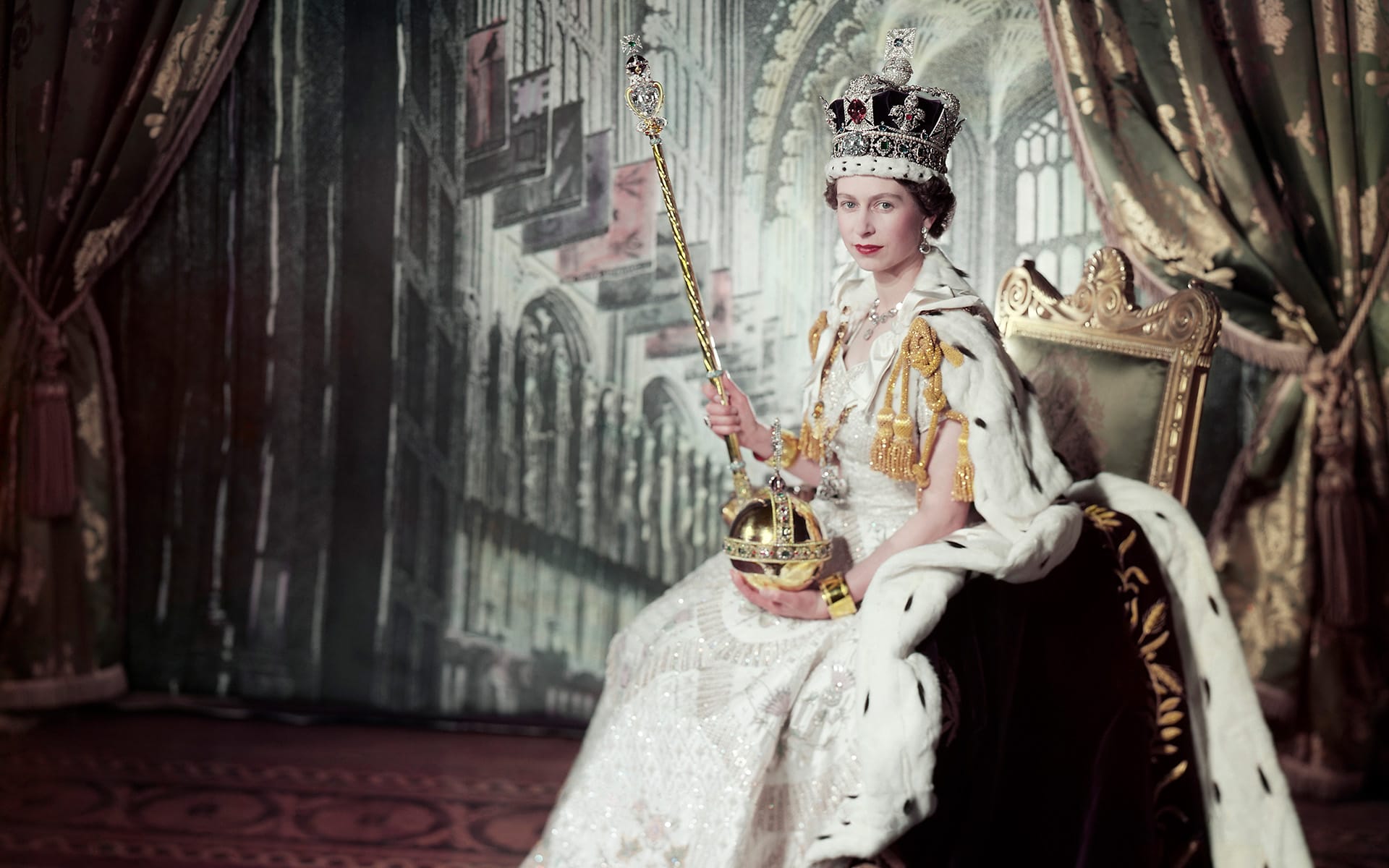Everything You Need to Know About the Royal Jewels Ahead of the Coronation
The coronation of King Charles III will feature some of the world’s most spectacular diamonds, rare stones, and royal treasures usually locked away from public eye

On May 6, King Charles III is to be crowned as Britain’s 40th monarch since 1606. With the pomp and pageantry also comes a slew of dazzling jewelry, impressive rocks, and symbolic objects. The monumental occasion offers a rare chance to see the British royal family’s famous treasures, known as the crown jewels, which are normally locked away and kept under the watchful eye of the Yeoman Warders at the Tower of London. Their fascinating history spans almost a thousand years, and they have continued to be used in special Coronation Services and at the State Opening of Parliament, making them one of the highest expressions of sovereign magnificence.
Comprised of a group of treasured items, from orbs, sceptres, and crowns to gold and silver-gilt banqueting and altar plate, the trove also features a 12th-century spoon (the oldest piece) used for the sovereign’s ritual anointing at the coronation.
Here is what you need to know ahead of the big day:



1. St. Edward’s Crown and the Imperial State Crown
Known as St. Edward’s Crown, this dazzling solid gold traditional coronation crown will be placed on Charles’s head at the end of the ceremony and is used solely for this purpose. Weighing a hefty five pounds, it’s said to take some practice wearing, and Charles reportedly recalls watching his mother, Queen Elizabeth II, rehearsing before her own coronation in 1953. Featuring a gold frame set with rubies, amethysts, sapphires, garnets, topazes, and tourmalines, the piece was crafted in 1661 to replace a medieval crown. As he leaves Westminster Abbey, Charles will then wear the Imperial State Crown, which was made for the coronation of George VI in 1937. It is set with 2,868 diamonds, the St. Edward’s Sapphire, and most notably, the Cullinan II diamond, the second largest stone cut from the great Cullinan Diamond, the largest diamond ever discovered.


2. Queen Mary’s Crown
Camilla, on the other hand, will wear Queen Mary’s crown, made by Garrad for the 1911 coronation. A major and noteworthy difference this time is that the piece will not feature the Koh-i-nûr diamond from India, which has been considered by many to be a symbol of the oppressive colonial rule of the British Empire. The diamond is believed to have been mined in India in the 13th century. In 1849, a young maharaja, who was only 10 or 11 years old, was coerced into giving it to the British. Camilla’s crown, which boasts an extraordinary 2,200 diamonds, has been refitted and set with the Cullinan III, IV, and V diamonds as a tribute to the late Queen Elizabeth II, who would often wear them as brooches for special occasions.

3. The sceptre
Made for Charles II in 1661, this item represents the monarch’s power and governance. In 1820, the piece was altered for the coronation of George IV, with the addition of an enameled rose, thistle, and shamrock. In 1910, King George V had it altered again to include the Cullinan I diamond, which is the largest cut diamond in the world. The enormous rock was discovered in a British-owned South African mine in 1905 and given to Edward VII two years later after no one came forward with enough money to buy it. (In its uncut state, it weighed 3,106 metric carats. Set in the spectre, it is 530 carats.)
Per the Royal Collection Trust, the piece had to be reinforced to hold the weight of the diamond, which is housed in a special structure allowing the stone to be removed and worn separately. The orb is also adorned with 375 pearls and 365 diamonds, 18 rubies, nine emeralds, nine sapphires, and an amethyst. It was last seen during Queen Elizabeth’s funeral service, and it is one of two sceptres used during the coronation services.

4. Sovereign’s orb
Measuring around three pounds, this orb represents the monarch’s power and the Christian world. On Saturday, it will placed in Charles’s right hand before being placed on the altar ahead of the crowning. The stunning piece is mounted with clusters of emeralds, rubies, and sapphires surrounded by rose-cut diamonds and single rows of pearls. On top, there is a cross set with with rose-cut diamonds, a sapphire in the center on one side and an emerald on the other, with pearls at the angles.

